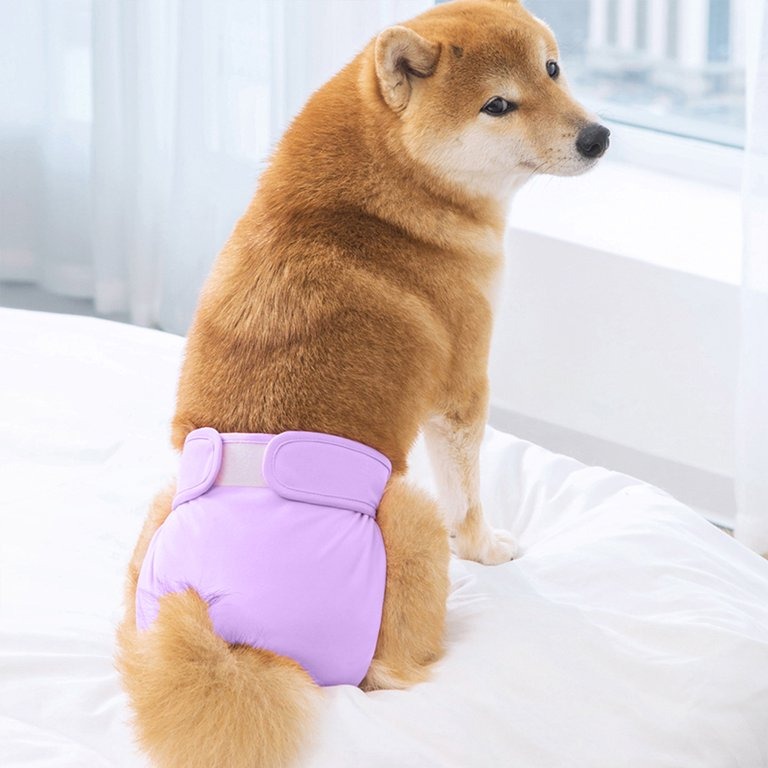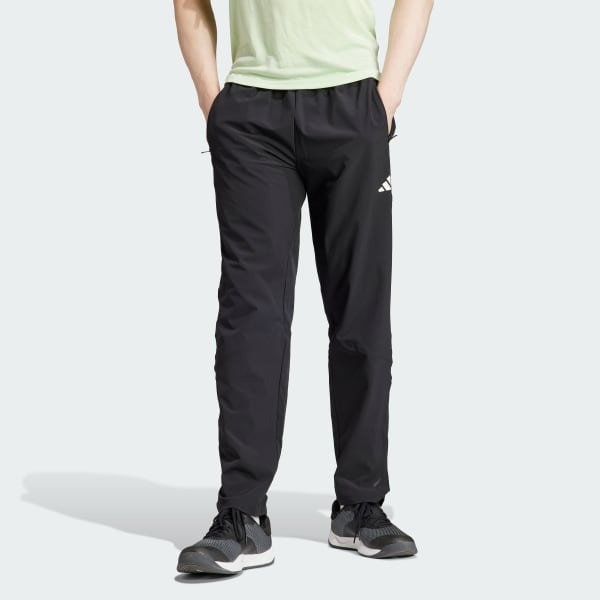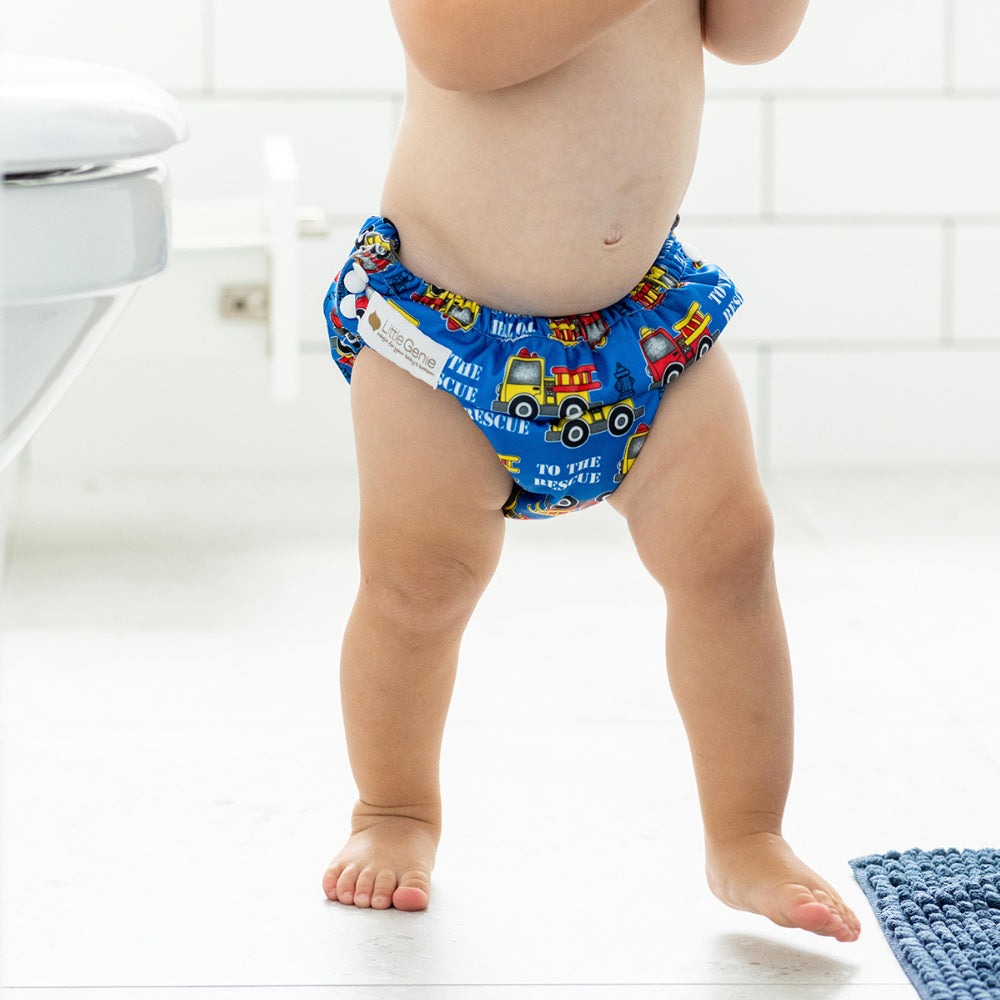The Environmental Impact of Disposable Training Pants
When considering the shift to reusable training pants, understanding the environmental toll of disposable versions is crucial. Disposable training pants contribute to the growing problem of landfill waste. Once in landfills, they can take up to 500 years to decompose. This slow decay rate means that every single disposable training pant ever used still exists in some form, adding to the ever-increasing pile of garbage.
Additionally, the production process for disposable training pants is resource-intensive. It relies heavily on the use of plastics, which are derived from non-renewable fossil fuels. This not only depletes natural resources but also contributes to greenhouse gas emissions during manufacture. Moreover, disposable options require frequent replacing, which means more resources consumed over time compared to their reusable counterparts.
Water pollution is another concern. The chemicals and plastics in disposable training pants can leach into the soil and waterways, affecting the ecosystem and potentially harming wildlife. Furthermore, the transportation of these single-use items from factories to stores to homes adds to the overall carbon footprint.
By choosing reusable training pants, parents and caregivers can reduce these environmental impacts significantly. Reusables can help decrease landfill waste, lower greenhouse gas emissions, save natural resources, and reduce the potential for water pollution. As more families become aware of these issues, the choice of reusable training pants is not just a personal one, but a collective step towards a more sustainable future.
Advantages of Reusable Training Pants
Transitioning to reusable training pants offers several benefits that extend beyond environmental considerations. These advantages touch upon aspects of efficiency, cost-effectiveness, and health, making a strong case for their use. The key benefits of choosing reusable training pants include:
- Less Waste: Compared to disposables, reusable training pants significantly reduce waste. Parents need fewer pairs since they can be washed and reused.
- Cost Savings: Although the initial investment in reusable options might be higher, they are more economical over time. The need for fewer purchases translates to long-term savings.
- Skin-Friendly Materials: Reusable training pants often feature natural fabrics that are gentler on a child’s skin. This can lower the risk of rashes and irritation that some children experience with disposables.
- Adjustable Fit: Many reusable training pants come with adjustable features. These allow for a better fit as a child grows, enhancing comfort and preventing leaks.
- Style and Comfort: Reusables come in a variety of designs and colors, making them more appealing to children. They also tend to be more comfortable due to their cloth-like feel.
- Potty Training Aid: Reusable training pants can feel more like regular underwear. This can encourage toddlers to transition to using the toilet.
- Reduced Exposure to Chemicals: With fewer chemicals used in their production, reusable training pants pose less risk of exposing children to potential toxins.
Choosing reusable training pants is not only eco-friendly but also practical and health-conscious. By opting for reusables, families embrace a lifestyle that prioritizes sustainability without compromising on the needs of their little ones.
How Reusable Training Pants Support Potty Training
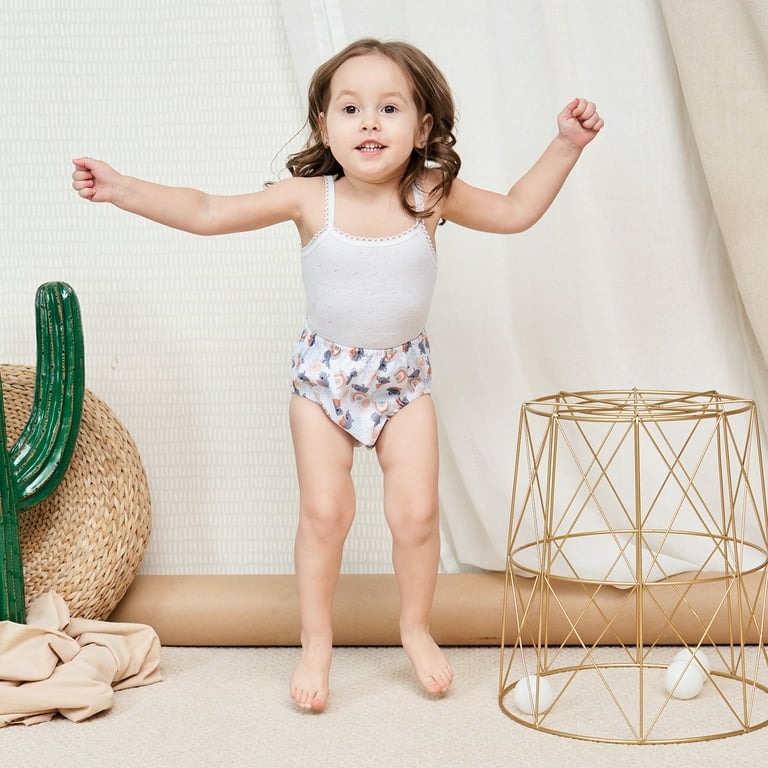
Reusable training pants are essential for potty training success. They bridge the gap between diapers and regular underwear. As children learn to recognize bodily signals, these pants provide a sense of security. They can handle minor accidents while still offering the real underwear experience. This duality encourages toddlers to move towards full-blown potty training with confidence.
Promotes Independence
The design of reusable training pants allows for easy pull-up and down. This feature fosters independence in toddlers. They learn to manage their own clothing during potty visits. With practice, children become adept at recognizing when they need to go. This independence is a big step in the potty training process.
Sensory Feedback for Faster Learning
Reusable training pants offer better sensory feedback than disposables. When a child wets the pants, they feel the dampness more directly. This sensation helps them connect the dots between the urge to go and using the toilet. Over time, the desire to stay dry encourages more frequent toilet trips. This natural consequence speeds up the learning process.
Consistency Across Settings
For potty training to stick, consistency is key. Reusable training pants look and feel the same at home, in daycare, or on the go. This uniformity helps children maintain good potty habits across different environments. It also simplifies the process for caregivers, as the method remains the same.
Economic Benefits of Switching to Reusable Options
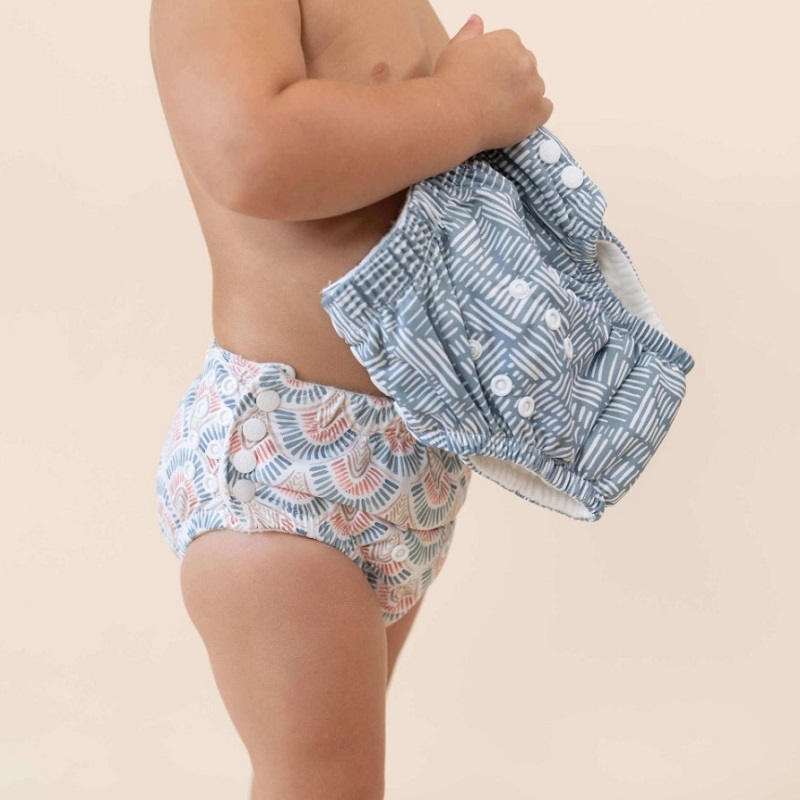
Choosing reusable training pants over disposable ones offers clear economic benefits for families. Here’s how making the switch can lead to significant savings:
- Long-Term Cost Effectiveness: While the upfront cost for reusable training pants may be higher, they last much longer. This reduces the need to buy new ones frequently, which saves money over time.
- Reduced Regular Expenses: Disposable training pants are a recurring expense. Each time you’re out, you have to buy more. With reusables, once you have enough pairs, you’re set for as long as they fit your child.
- Less Dependency on Special Sales: With disposables, parents often wait for sales or bulk-buy deals. This is less of a concern with reusables, as the need to purchase is greatly diminished.
- Resale Value: High-quality reusable training pants can be resold or passed down to younger siblings. This further extends their value beyond a single child’s use.
- Reduced Waste Expenses: Some communities charge for waste disposal. Using less disposable products can lower your trash bill.
Overall, reusable training pants are a smart choice for the budget-conscious family. Investing in them can lead to more money in your pocket in the long term.
A Guide to Choosing the Right Reusable Training Pants
Choosing the right reusable training pants for your child involves a few key considerations. Here’s a concise guide to help you make the best choice:
- Size and Fit: Look for adjustable sizes to grow with your child. A snug fit prevents leaks.
- Material Quality: Opt for pants made from high-quality, natural fibers for comfort and durability.
- Ease of Use: Select designs that make it easy for your child to pull them up and down.
- Absorbency Level: Check the absorbency to ensure it’s suitable for your child’s needs.
- Easy to Clean: Choose pants that are machine washable and dryable for convenience.
- Comfort: Make sure they are soft and don’t have tight elastic that can mark your child’s skin.
- Designs and Patterns: Pick fun prints that your child will love, to encourage wearing them.
- Brand Reputation: Research brands and read reviews to find reliable, well-made options.
- Price Point: Balance cost with quality. Remember, investing more upfront can save money later.
Incorporating these pointers when shopping for reusable training pants will help you find the ideal option that is eco-friendly, cost-effective, and comfortable for your child.
Care and Maintenance Tips for Reusable Training Pants
To maximize the benefits of reusable training pants, proper care and maintenance are essential. Here are easy-to-follow tips to ensure their longevity and effectiveness:
- Wash Before First Use: Always wash the pants before your child wears them for the first time. This increases absorbency.
- Follow Washing Instructions: Check the label for specific care instructions. Most can go in the regular wash.
- Use Gentle Detergents: Choose mild, child-safe detergents. Avoid harsh chemicals or fabric softeners.
- Pre-treat Stains: Address stains quickly with a gentle stain remover before washing.
- Avoid High Heat: Dry on low or line dry to prevent damage to the elastic and fabric.
- Rinse Promptly After Accidents: To minimize odors and stains, rinse pants soon after they’re soiled.
- Store Properly: Keep clean, dry pants in a breathable container until use.
- Rotate Pants: Use multiple pairs to reduce wear and tear on one single pair.
- Repair as Needed: Mend small tears or loose threads to extend their life.
By following these steps, your reusable training pants will remain in good shape, providing comfort and reliability for your child throughout the potty training journey.
Encouraging Sustainability from Early Childhood

Teaching kids about sustainability starts early with choices like reusable training pants. When children see their parents opting for eco-friendly products, they learn the value of preserving the environment. Here’s how you can weave sustainability into your child’s routine from a young age.
- Set an Example: Use eco-friendly products yourself. Kids learn by example, seeing reusable items in their daily life normalizes eco-conscious living.
- Educate Through Action: Explain why you choose reusable training pants. Simple concepts of reusing and reducing waste make a lasting impact.
- Involve Them: Let your children pick out their own training pants. Engaging them in the process makes them more likely to embrace sustainable habits.
- Praise Their Efforts: Acknowledge when they use reusable items correctly. Positive reinforcement encourages continuous good habits.
- Stay Consistent: Consistency in using reusables, like training pants, helps solidify their understanding of routine sustainability.
- Share Stories: Read them books or show them videos about taking care of the planet. This can help instill a sense of responsibility.
By integrating these practices, you’re not just opting for a greener alternative with reusable training pants; you’re setting a foundation for eco-consciousness that can last a lifetime

